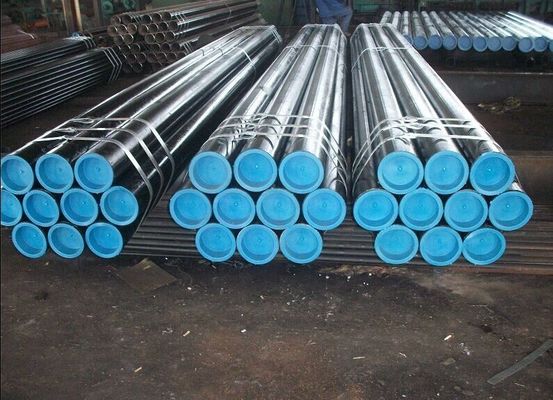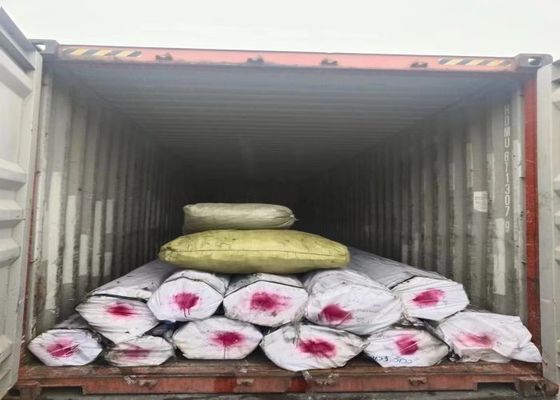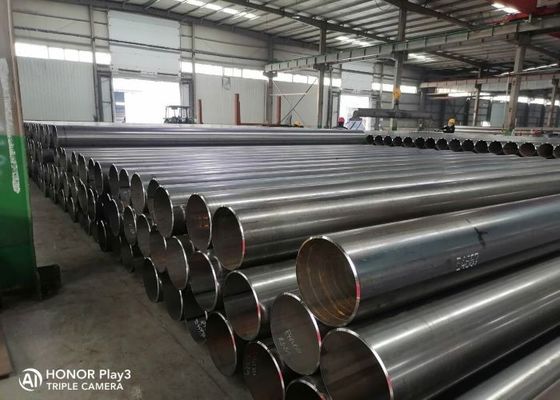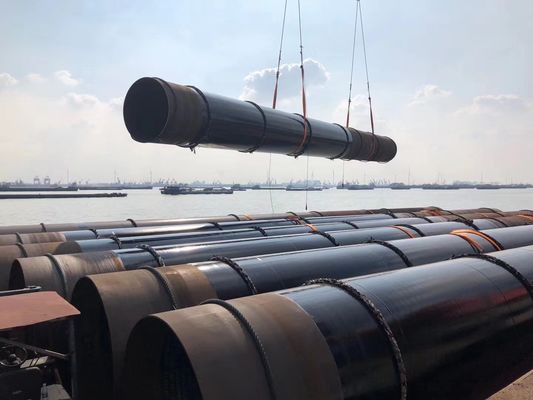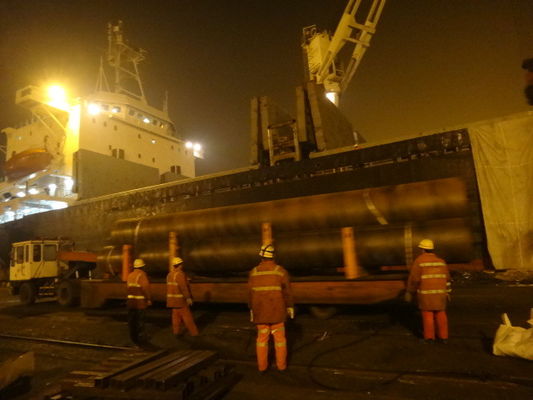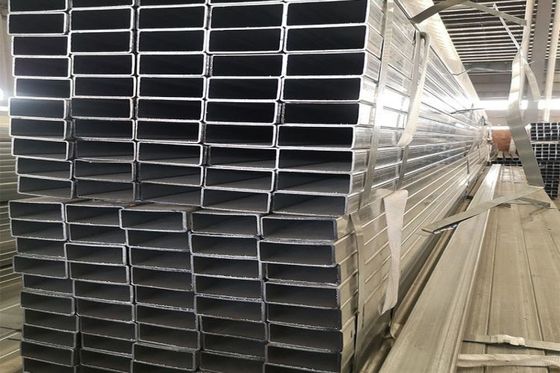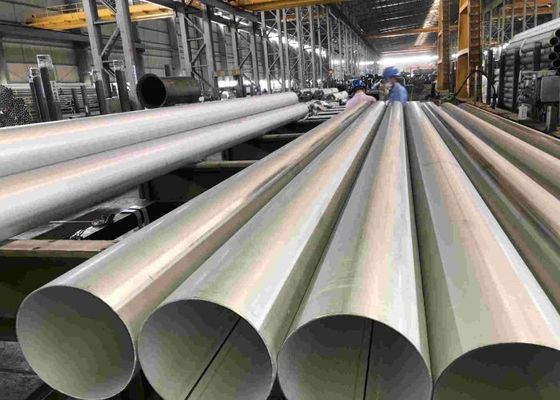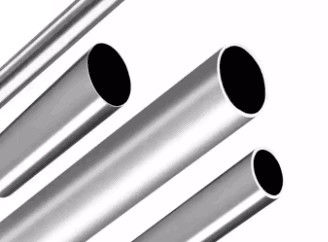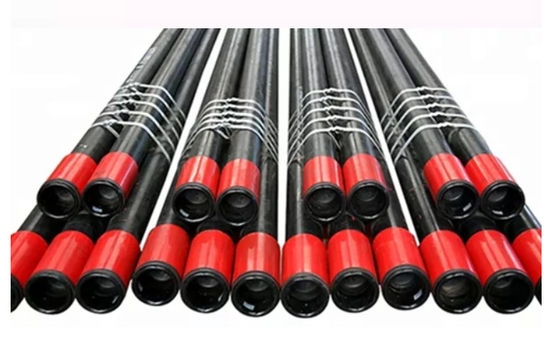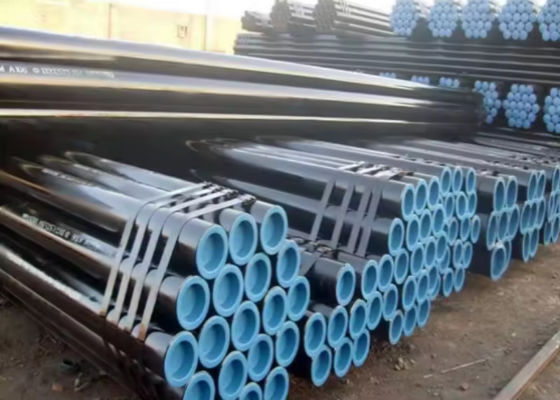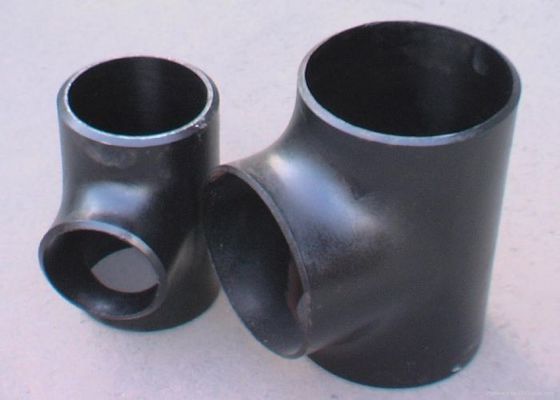
Welding quality testing refers to the systematic evaluation of welding results, with the primary objective of ensuring the integrity, reliability, safety, and serviceability of the welding structure. In addition to adhering to welding technology and process requirements, welding quality inspection plays a critical role in the quality management of welding structures.
This section focuses on one specific method of welding quality inspection: tightness testing.
How can the tightness of welded joints be evaluated? Below are several commonly used detection methods:
1. Submerged Test
Suitable for small vessels or pipes subjected to low internal pressure. Prior to testing, the container or pipeline is filled with compressed air at a specified pressure (0.4-0.5 MPa) and submerged in water to check for leaks. If leakage occurs, bubbles will form in the water. This method is also widely applied in detecting air leaks in bicycle inner tubes.
2. Water Test
Utilizes the static pressure generated by the weight of water to detect potential leaks in structures. Based on visual inspection, this method is appropriate for general non-pressurized welding structures that require sealing.
3. Ammonia Leakage Test
Similar to coal extraction leakage testing, this method exhibits higher sensitivity than kerosene leakage testing. Before testing, a white strip or bandage soaked in a 5% HgNO3 aqueous solution reagent is affixed to the weld side for observation. The container is then filled with ammonia gas or nitrogen-compressed air containing 1% ammonia.
4. Kerosene Leakage Test
Applicable to welding structures under low internal pressure that require certain tightness. Due to its high permeability, kerosene is particularly effective for seal inspections. Before testing, lime water is brushed onto the weld side for easier observation, followed by applying kerosene on the opposite side after drying. If penetration defects exist, coal oil spots or kerosene streaks will appear on the lime layer within an observation period of 15-30 minutes.
5. Helium Mass Spectrometry Test
Currently regarded as the most effective sealing test method, helium mass spectrometry demonstrates exceptional sensitivity, capable of detecting helium concentrations as low as 10^-6 volume fraction. During testing, the container is filled with helium, and leaks are detected externally on the weld surface. Although helium gas possesses extremely high permeability, detecting very small cracks may take tens of hours due to the prolonged penetration time (such cracks cannot be identified by other means). Proper heating can accelerate the leak detection process.
6. Air Tightness Test
A routine inspection method for boilers, pressure vessels, and other critical welded structures requiring air tightness. Clean air is used as the medium, and the test pressure typically equals the design pressure. Pressure should be increased incrementally during testing. Upon reaching the design pressure, soapy water is applied to the exterior of the weld or sealing surface to check for bubbling. Given the explosion risk associated with air tightness tests, they should only be conducted after successful hydraulic testing.
It is important to distinguish between air tightness tests and air pressure tests:
1. Purpose
- Air tightness tests evaluate the sealing performance of pressure vessels.
- Pressure tests assess the pressure strength of pressure vessels.
Additionally, their test pressures differ: air tightness test pressure equals the container's design pressure, while air pressure test pressure is 1.15 times the design pressure. Air pressure tests focus on equipment strength and tightness, whereas air tightness tests emphasize detecting small penetration defects and ensuring no minor leaks.
2. Test Medium
- Air pressure tests generally use air in practical applications.
- Air tightness tests may use ammonia, halogen, or helium if the medium is highly toxic, not allowed to leak, or easily penetrable.
3. Safety Accessories
- Air pressure tests do not require safety accessories to be installed on the equipment.
- Air tightness tests are typically conducted after safety accessories (e.g., capacity gauges) have been installed.
4. Order
- Air tightness tests should only be performed after completing air pressure or water pressure tests.
5. Test Pressure
- Air pressure test pressure is 1.15 times the design pressure, adjusted by the temperature dressing coefficient for internal pressure equipment.
- Air tightness test pressure equals the design pressure when using air as the medium. For other media, adjustments must be made according to the medium's characteristics.
6. Application Context
- Pressure tests: Hydraulic tests are preferred unless structural or support reasons prevent their use, or when the equipment volume necessitates a pressure test.
- Air tightness tests: Used for highly or extremely hazardous media, or when leakage is not permitted.
Air pressure tests are pressure tests designed to evaluate equipment strength, while air tightness tests are compactness tests aimed at assessing equipment sealing performance.

 Your message must be between 20-3,000 characters!
Your message must be between 20-3,000 characters! Please check your E-mail!
Please check your E-mail!  Your message must be between 20-3,000 characters!
Your message must be between 20-3,000 characters! Please check your E-mail!
Please check your E-mail! 
